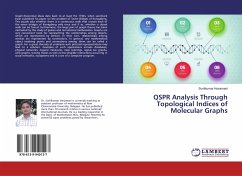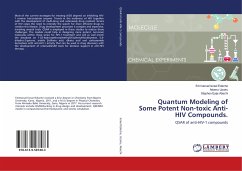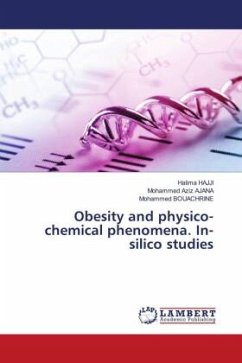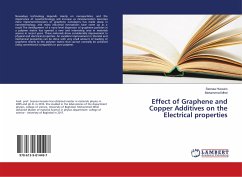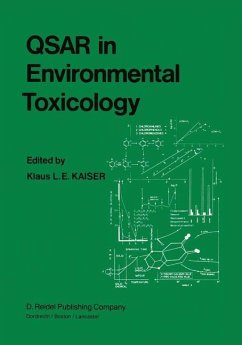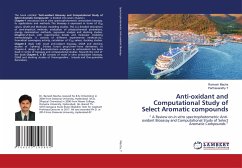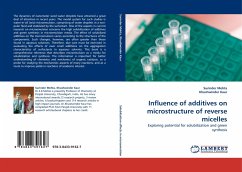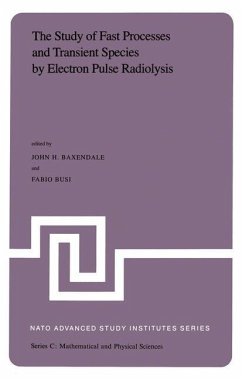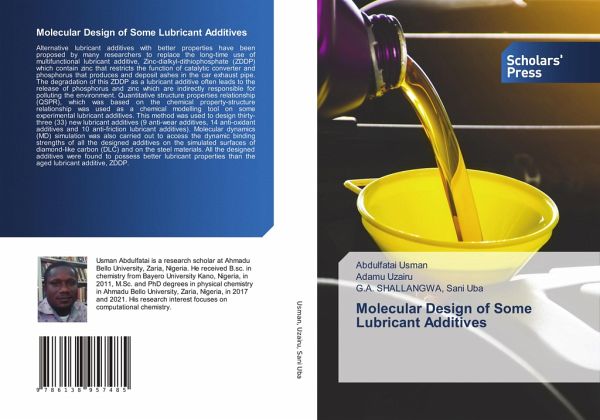
Molecular Design of Some Lubricant Additives
Versandkostenfrei!
Versandfertig in 6-10 Tagen
66,99 €
inkl. MwSt.

PAYBACK Punkte
33 °P sammeln!
Alternative lubricant additives with better properties have been proposed by many researchers to replace the long-time use of multifunctional lubricant additive, Zinc-dialkyl-dithiophosphate (ZDDP) which contain zinc that restricts the function of catalytic converter and phosphorus that produces and deposit ashes in the car exhaust pipe. The degradation of this ZDDP as a lubricant additive often leads to the release of phosphorus and zinc which are indirectly responsible for polluting the environment. Quantitative structure properties relationship (QSPR), which was based on the chemical proper...
Alternative lubricant additives with better properties have been proposed by many researchers to replace the long-time use of multifunctional lubricant additive, Zinc-dialkyl-dithiophosphate (ZDDP) which contain zinc that restricts the function of catalytic converter and phosphorus that produces and deposit ashes in the car exhaust pipe. The degradation of this ZDDP as a lubricant additive often leads to the release of phosphorus and zinc which are indirectly responsible for polluting the environment. Quantitative structure properties relationship (QSPR), which was based on the chemical property-structure relationship was used as a chemical modelling tool on some experimental lubricant additives. This method was used to design thirty-three (33) new lubricant additives (9 anti-wear additives, 14 anti-oxidant additives and 10 anti-friction lubricant additives). Molecular dynamics (MD) simulation was also carried out to access the dynamic binding strengths of all the designed additives on the simulated surfaces of diamond-like carbon (DLC) and on the steel materials. All the designed additives were found to possess better lubricant properties than the aged lubricant additive, ZDDP.



